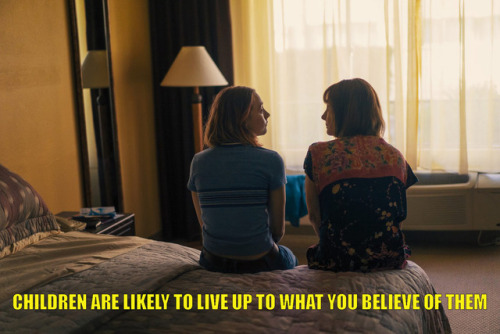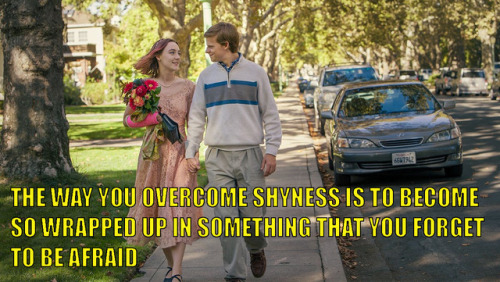#savedbythebellhooks
Source:Feminism Is For Everybody: Passionate Politics by bell hooks
Image description: In a classroom, Screech sits behind Lisa. He’s looking at her with a soft expression and a small smile. Lisa is looking toward her left with an expression of frustration and wondering. A Do Not Enter sign is leaning against the wall behind them. The caption reads “In all spheres of literary writing and academic scholarship, works by women had historically received little or no attention as a consequence of gender discrimination.”
(Happy three year anniversary, Tumblr bugs.)
Post link
Source:Talking Back: Thinking Feminist, Thinking Black by bell hooks.
Image description: A still image from the 90’s TV sitcom Saved By The Bell. Lisa and Zack stand at the bottom of the stairs in a conversation. Lisa has a look of frankness and incredulity on her face; from this angle, she looks like she is scolding a clueless Zack (interpretation of scene my own). The caption reads, “Feminist struggle to end patriarchal domination should be of primary importance to women and men globally, not because it is the foundation of all other oppressive structures, but because it is the form of domination we are most likely to encounter in an ongoing way in everyday life.”
Post link
is the undercurrent theme of this blog. Perhaps this is a new concept. If so, here are some things to get started:
Kimberlé Crenshaw (who coined the term in 1989) on intersectionality: “I wanted to come up with an everyday metaphor that anyone could use.” (source)
“Intersectionality promotes an understanding of human beings as shaped by the interaction of different social locations (e.g., ‘race’/ethnicity, Indigeneity,gender, class, sexuality, geography, age, disability/ability, migration status, religion). These interactions occur within a context of connected systems and structures of power (e.g., laws, policies, state governments and other political and economic unions, religious institutions, media). Through such processes, interdependent forms of privilege and oppression shaped by colonialism, imperialism, racism, homophobia, ableism and patriarchy are created.
PUT SIMPLY: According to an intersectionality perspective, inequities are never the result of single, distinct factors. Rather, they are the outcome of intersections of different social locations, power relations and experiences.” (source)
Read more things! There are a lot. Here are just a few:
1: Kimberlé Crenshaw on intersectionality in NewStatesman
2: USCB Center For New Racial Studies
3. Interview with bell hooks in Common Struggle
4.Lecture by bell hooks at the New College of Florida
5. The Institute for Intersectionality Research and Policy
SIDESHOW: Sometimes there are other ideas that I think would be awesome. So think of these as guest blog entries from other sections of my brain. (See all Sideshows here.)
This is from a Tumblr that doesn’t exist called Lady Bird / Johnson. All captions are quotes from First Lady Claudia Alta “Lady Bird” Johnson. All images are from the film Lady Bird.
Post link






